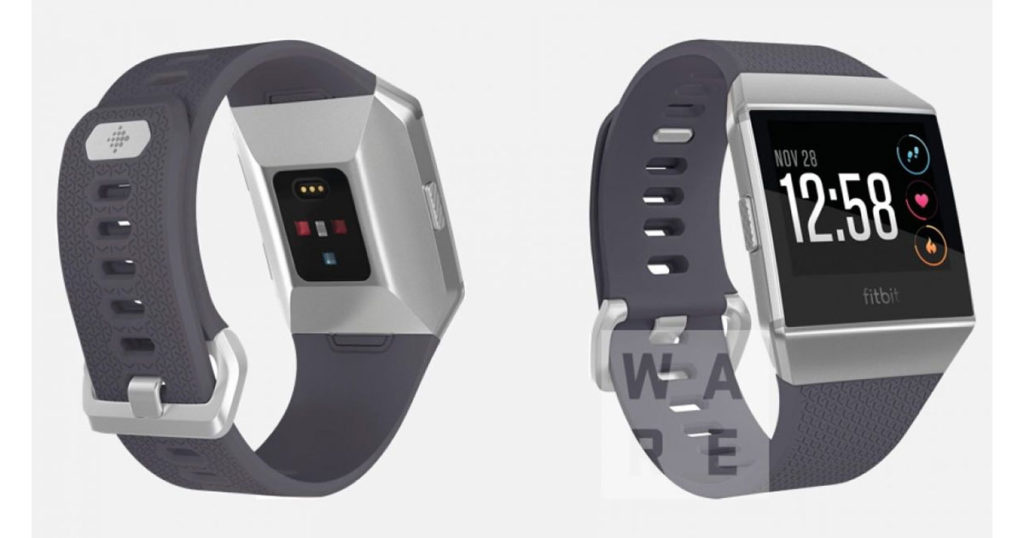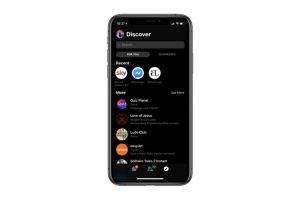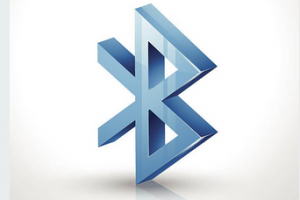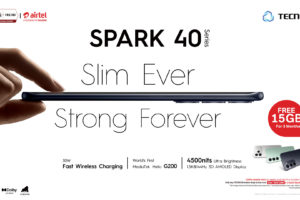Blood oxygen measurement or Pulse Oximetry is the measurement of the saturated the blood is with oxygen. It is arguably the fifth vital signs to check for medically, because as you know, oxygen is quite important to humans and its absence is otherwise fatal. As a result of this, wearables like fitness trackers and smartwatches have incorporated the tech to measure this important health reading.
In that regard, the smartwatch is concerned with Sp02 which is peripheral oxygen saturation and it is very important as regards continuous oxygen level measurement in the blood. Coupled with the fact that it is non-invasive, SpO2 measurement is the popular method of blood oxygen saturation. Despite arterial oxygen saturation (SaO2) being a more accurate, blood sample has to be drawn and then tested so it can’t cater for continuous blood oxygen measurement. In other words, SpO2 is a more practical and convenient way for pulse oximetry which makes it the goto option.
The physical properties of oxygenated and deoxygenated blood form the basis for the measurement of blood oxygen level. In case you haven’t noticed, oxygenated blood is usually bright red while deoxygenated blood is dark red. This is because oxygenated blood reflects more red light while deoxygenated blood absorbs red light.
Read More: Smartwatch vs Smartband: Which should you buy?
How does a smart watch measure blood oxygen?
Conventional medical pulse oximeter employs the transmissive pulse oximetry method where peripheral parts of the body like ear lobe, fingertips and toes in babies are used. The most popular involves passing light through the finger and measuring light (infrared and red light) that is absorded and able to pass through the finger to determine blood oxygen level.
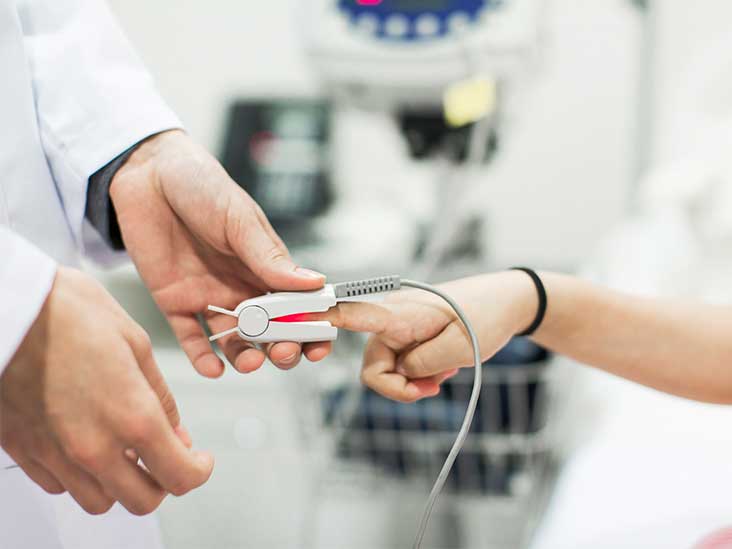
Smartwatch measures blood oxygen level using another type of SpO2 technique called reflectance pulse oximetry which simply put measure light reflected instead of light passing through the body. As opposed to the transmissive method, you can measure blood oxygen level from other parts of the body like the chest and wrist.
In this method, the light projected to the body surface usually infrared and red light is reflected off the subcutaneous tissue or bone to the sensor on the smartwatch where the difference between the light emitted and reflected used to determine blood oxygen level.
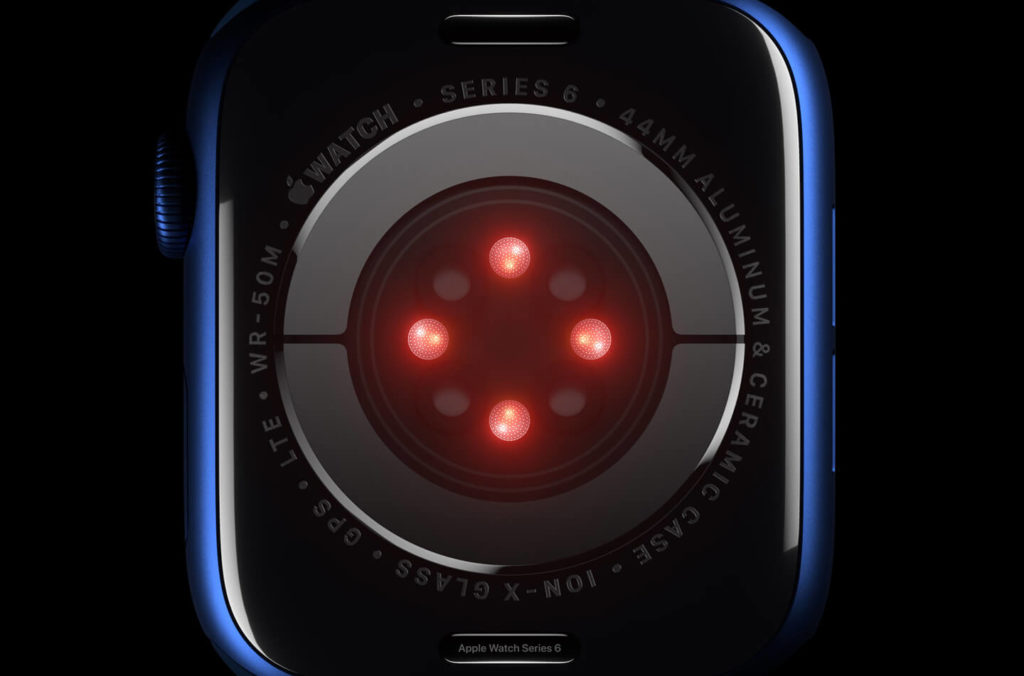
This makes it the ideal way for smartwatches and fitness trackers alike to measure blood SpO2. It is especially advantageous during low temperature when blood flow to the tips of the body where transmittance pulse oximetry takes place is reduced.
Smartwatch that can measure blood oxygen (SpO2)
There are quite a number of smartwatch out there that can measure blood oxygen saturation from different brands like Fitbit, Garmin, Samsung, Apple and so on. Here are a few smartwatches you can cop that can measure your blood oxygen levels with.
- Fitbit Versa 3
- Amazfit Band 5
- Garmin Forerunner 245
- Samsung Galaxy Watch 3
- Apple Watch Series 6
- Fitbit Sense
- Garmin Vivosmart 4
- Garmin Fenix 6
- Fitbit Ionic
- Withings ScanWatch
Conclusion
While it is nice to be able to check blood oxygen level on your wrist at any time, the reflectance-based oximetry which smartwatch use is relatively underdeveloped in comparison to the transmissive method. Besides this, smartwatch blood oxygen level measurement is not on par with clinical standards.
In fact, there is no medical certification for the oximeter on smartwatches which shows it is not meant for diagnosis or wellness. Rather it is more for fitness purposes as it is often inaccurate in its results. That being said, to have the best chance of getting a good result, you will have to stay still when taking SpO2 measurements on your smartwatch.
Discover more from Dignited
Subscribe to get the latest posts sent to your email.


